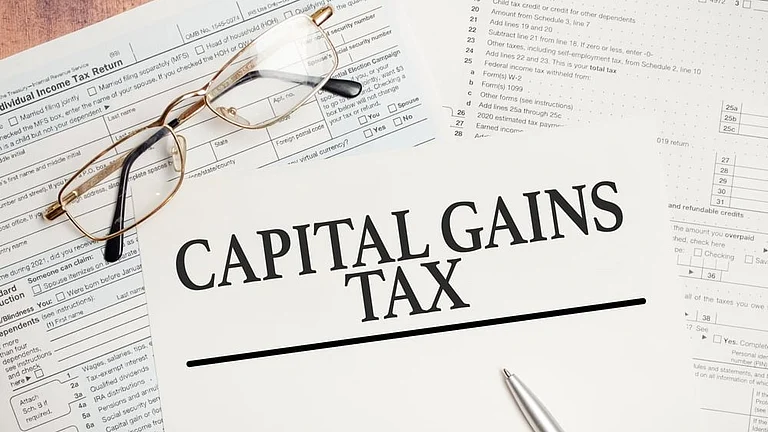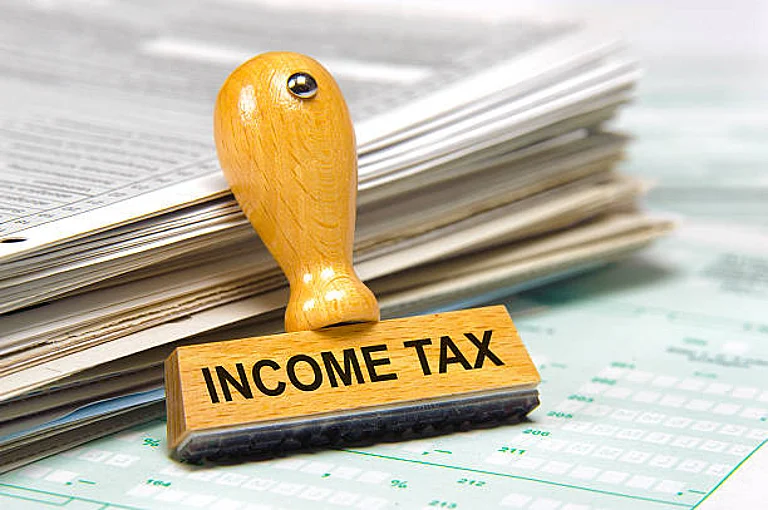In an attempt to tighten tax administration and improve reporting accuracy, the Central Board of Direct Taxes (CBDT) has now rolled out some key changes to the ITR-7 form for the assessment year 2025-26. While the broader taxpaying public may be more focused on the new capital gains reporting rules, it is the country’s tax-exempt institutions such as trusts, charitable organisations, and religious bodies that will have to brace for a new layer of compliance.
A New Split in Capital Gains Reporting
Changes in the capital gains reporting is one of the most significant updates to almost all ITR forms this year.
The government has introduced a date-based bifurcation in capital gains reporting. Taxpayers, including exempt entities required to file ITR-7, will now have to report capital gains separately for transactions conducted before and after July 23, 2024.
This change follows the amendment made under the Finance Act 2024, which revised capital gains taxation rules effective July 23, 2024.
Says Sandeep Bhalla, Partner at Dhruva Advisors, “By distinguishing gains based on this date, the tax authorities aim to ensure that the appropriate tax rates and indexation benefits are applied based on the timing of each transaction.”
While this move adds clarity from an assessment point of view, it also adds workload as well. “The differential tax treatment for gains before and after the July 23 cutoff necessitates dual computation methods, creating an added reporting burden,” Bhalla states.
This means that entities now need to follow dual computation methods, essentially calculating capital gains under two different frameworks, depending on when the transaction took place.
“Most tax-exempt bodies are already governed by specific capital gain provisions under the exemption framework,” Bhalla points out. “So while the reporting requirement expands, the taxability may remain unaffected in many cases.”
Tighter Controls Under Schedule-TDS
Another important change is in the redesigned Schedule-TDS. The form now mandates a tighter correlation between TDS claims and the income actually reported.
If you are claiming TDS, you must disclose compliance. The tax authorities have brought in a validation layer that flags any mismatches between TDS claims and what appears in Form 26AD or the Annual Information Statement (AIS).
This, again, is more about plugging gaps than introducing new liabilities, but for exempt institutions that deal with multiple donors, investment incomes, or other inflows, this may mean keeping tighter books for them.
Says Bhalla, “These enhancements are expected to significantly strengthen compliance and help reduce mismatches during Form 26AS reconciliation.”
Share Buybacks: A Subtle Tightening, Not a Relaxation
The Finance Act 2024 introduced significant changes to the taxation of share buybacks effective from October 1, 2024. Under the new regime, proceeds from share buybacks are treated as ‘income from other sources’ in the hands of shareholders and taxed accordingly.
“Shareholders can claim a capital loss equal to the cost of acquisition of the shares bought back, provided the corresponding dividend income is reported as ‘Income from Other Sources’,” noted Bhalla.
Why this change? It represents a tightening of norms. Says Bhalla, previously, companies paid a buyback tax under Section 115QA, and shareholders were exempt from tax on buyback proceeds.
Now, the tax burden shifts to shareholders, who must report the proceeds as dividend income and pay tax at applicable rates. While the allowance to claim a capital loss offers some relief, it comes with the condition that the dividend income must be reported appropriately, adding complexity to compliance. “That said, the amendment may not have a significant impact on exempt entities, as such entities are generally not permitted to invest in listed equity shares, except for certain investments in public sector undertakings,” Bhalla states.
Section 24(b) Tweaks: More Relevant to Others
Lastly, the newly released ITR-7 asks for more details about the House Property schedule, including rent received and interest on borrowed funds. While this is a significant update in itself, it is not likely to shake up exempt entities.
“Trusts that own immovable property are already reporting such details under Sections 11 to 13 and Schedule A,” Bhalla notes. “So this change is more about aligning with overall reporting expectations across ITR forms, not a direct shift in how these entities are assessed.”
The new ITR-7 form is not introducing new taxes on exempt institutions, but it is certainly upping the ante on compliance. With split capital gains computation, tighter TDS validation, and conditional treatment of buyback losses, organisations that previously enjoyed relatively straightforward reporting will now need to be more meticulous.
The direction is clear: more transparency, better alignment with income records, and fewer mismatches. For exempt entities, that means more paperwork, even if the ultimate tax liability doesn’t change.













